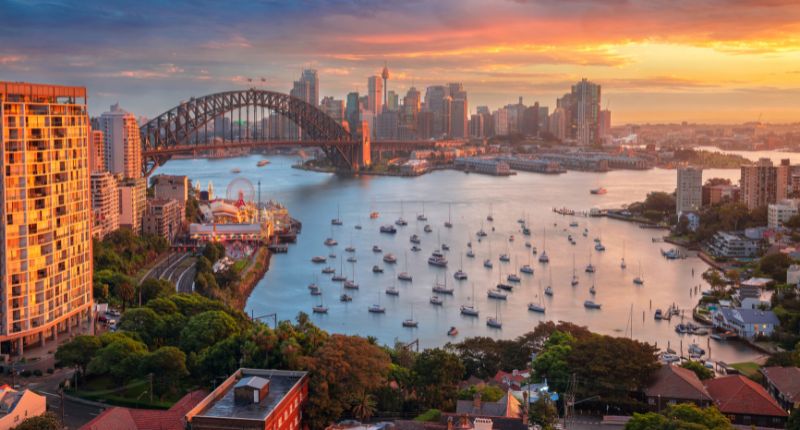
- Planned changes aims to address the city's changing needs.
- More floor space released for BTR development and co-living accommodation.
- Family-friendly apartments and green buildings to be incentivised.
The City of Sydney Council has approved a slew of planning and development reforms that will see more build-to-rent (BTR) housing, family-oriented apartments, and greener buildings.
Lord Mayor Clover Moore commented that the planned changes to the Sydney Local Environment Plan 2012 address the City’s evolving needs and will aid in providing more space for jobs and housing.
“The proposed changes to our local planning controls balance the need for additional housing and the workplaces of the future while protecting and enhancing the City’s character, public spaces and sustainability,” he said.
“Exciting changes include new incentives for BTR housing in the CBD, embedded Net Zero building controls, the promotion of increased tree canopy and green roofs and a streamlined processes for design excellence and major development applications.
“We are also supporting housing diversity and addressing the loss of smaller and more affordable dwellings as a result of redevelopment.”
Clover Moore, Lord Mayor of Sydney
More space allotted for BTR development
The proposed changes will see developers be granted around 20% to 75% more floor space for BTR developments, including conversions and new builds, contingent upon the location. The changes will affect applications submitted within a five-year period starting from the formal approval of the changes.
“We’ve seen BTR work well overseas to help address the housing crisis, with these types of developments providing stable and secure accommodation for renters,” Moore said.
“In addition to increasing rental stock in Central Sydney, this type of accommodation has high occupation rates. That is great for inner-city vibrancy and avoids situations where international investors leave newly built flats empty for capital gain.
“BTR housing does not sit idle with lights out, as some high-end investor apartments do, and these developments will help revitalise and boost the local economy.”
The changes were prompted by the COVID-19-induced fall in Sydney’s non-premium office demand, where vacancy rates hover at around 14%.
Since then, a clear flight-to-quality pattern has emerged, where businesses have increasingly moved towards premium offices, shunning the secondary market.
More floor space for co-living accommodations
Additionally, 20% more floor space will be available for co-living accommodation, boosting the city’s supply of student and low-income accommodation.
Share accommodation has been booming as of late, driven by the nation’s record low vacancy rates and historic highs in rental prices.
According to share accommodation platform Flatmates.com.au, 80% of their users live in share accommodation due to financial reasons.
“We know that students are one of the groups that have been hit hardest by the rental crisis in Sydney, with lack of appropriate accommodation and affordability both major issues.”
“By offering these additional floor space incentives, we hope landowners and developers will create more co-living accommodation in areas like Haymarket area, which has proved popular with students in Sydney.”
Creating more family-friendly apartments
While many have hailed high-density living as the key to solving Australia’s housing crisis, a common criticism of Australia’s current apartment stock was that it was largely comprised of smaller apartments suited to young adults or individuals living alone.
Thus, the changes will ensure that there will be a focus on developing accommodation suitable for families by slashing two-bedroom apartments permitted in residential development. Furthermore, the minimum number of units with three bedrooms or more will be raised.
“The proposed changes would see a minimum of 20% of dwellings in new residential developments made up of three-bedroom plus apartments to help provide more suitable accommodation for families, ideally located on the ground-floor or near to the building’s communal open space.”
Encouraging sustainable, high-quality designs
Finally, the changes will push for more sustainable buildings, with height incentives for buildings that incorporate green roofs.
“We have introduced incentives for developers to install lifts and stairs for roof access, shade structures, accessible bathrooms and kitchen facilities to encourage better use of communal and social spaces on top of residential apartment buildings.”







